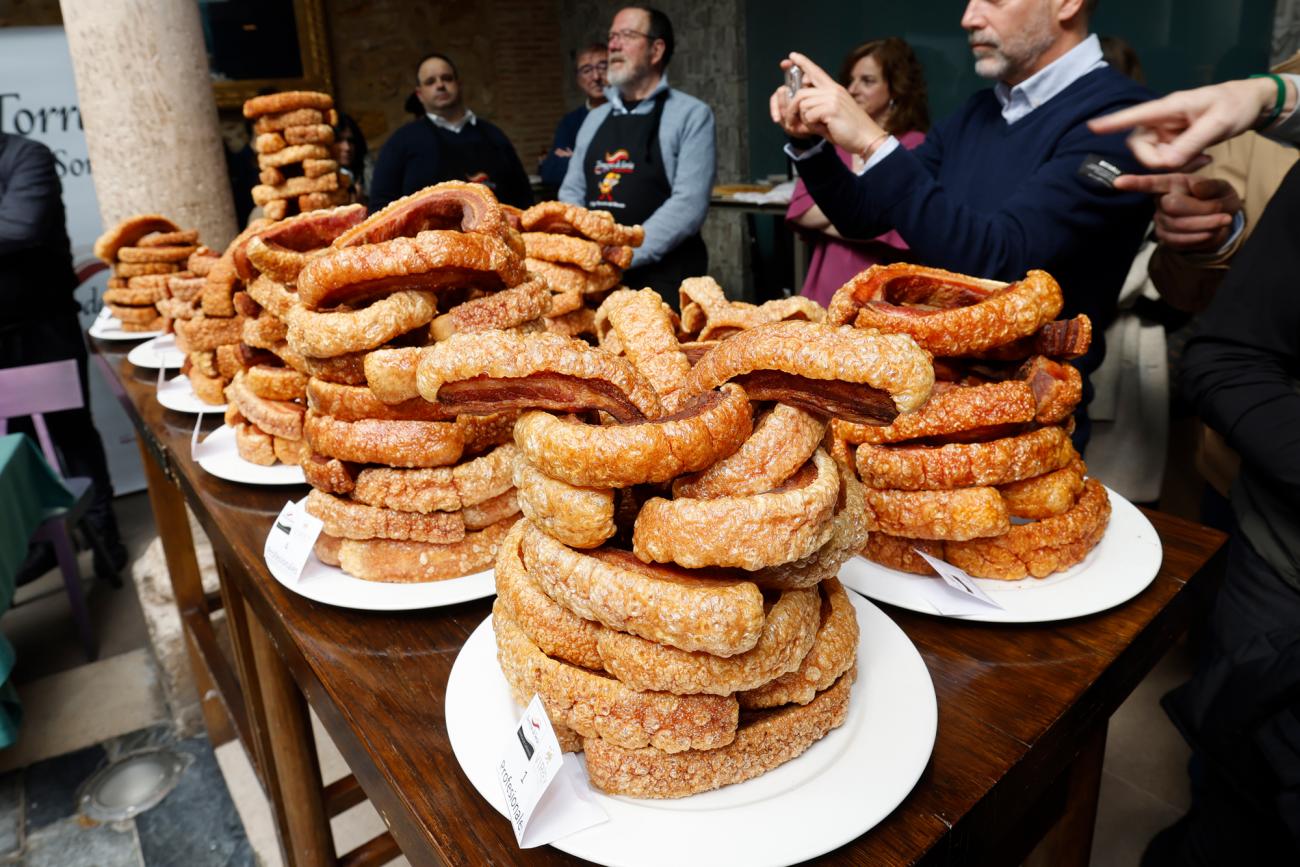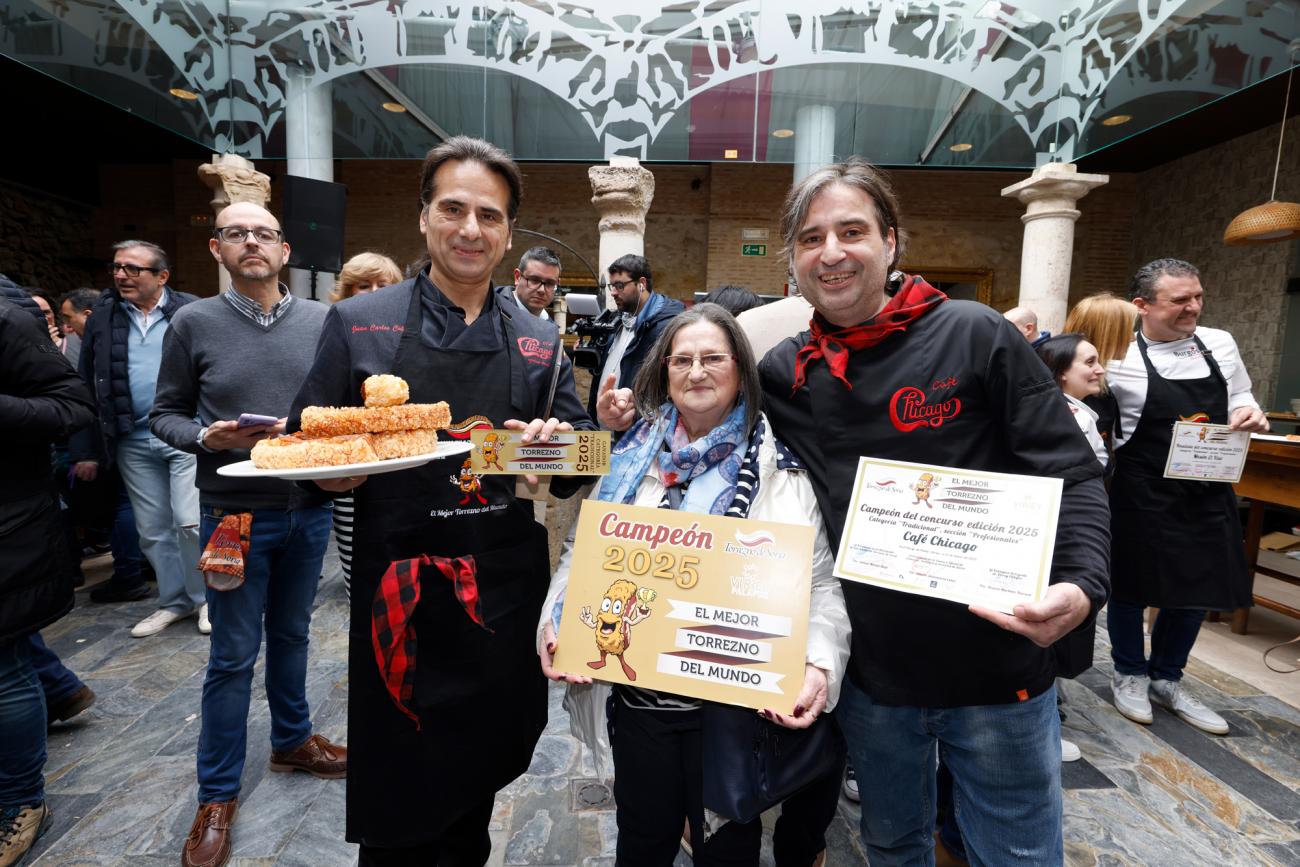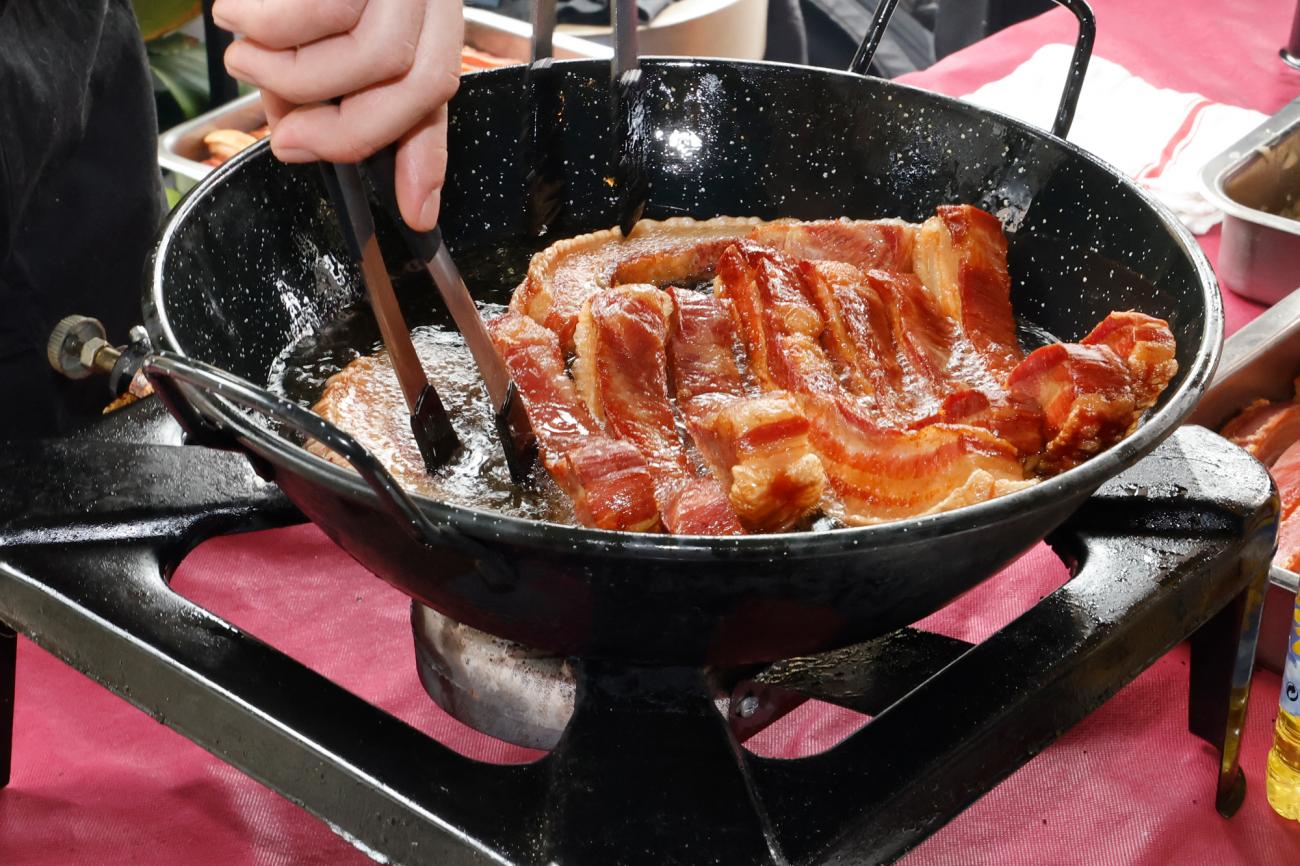A gastronomic celebration recently unfolded that would make any food enthusiast's mouth water. The Palacio del Virrey in El Burgo de Osma, a picturesque town in the province of Soria, played host to an event that has become a cornerstone of Spanish culinary tradition: the final of the World's Best Torrezno 2025 competition. This annual contest not only showcases the pinnacle of torrezno preparation but also cements the status of this crispy pork delicacy as a true icon of Spanish cuisine.
For the uninitiated, torrezno is a Spanish dish that holds a special place in the hearts (and stomachs) of many. Originating from the Soria region, it consists of thick slices of pork belly that are slowly fried until they achieve a perfect balance of crispy exterior and succulent interior. The result is a mouthwatering treat that combines the satisfying crunch of the golden-brown crust with the tender, flavourful meat beneath.

The World's Best Torrezno competition, organised by the 'Marca de Garantía Torrezno de Soria' in collaboration with the Restaurante Virrey Palafox and the Soria Chamber of Commerce, has become a pivotal event in the Spanish culinary calendar. This year's edition saw 19 participants, divided into two categories: 12 professional chefs and 7 enthusiastic amateurs. Contestants hailed from various regions where torrezno consumption is deeply rooted, including Castilla y León, the Valencian Community, Navarre, Madrid, and Aragon.
The competition's format allowed spectators to witness the art of torrezno preparation firsthand. Throughout the morning, participants showcased their skills in live demonstrations, meticulously crafting their entries while the eager audience looked on. Meanwhile, a panel of discerning judges evaluated each torrezno based on a range of criteria, including presentation, the crispiness of the crust, the tenderness of the lean meat, and, crucially, the intensity of flavour.
In a thrilling turn of events, the professional category saw the Café Chicago from Zaragoza clinch the title for the second consecutive year. Led by the talented duo of brothers José María and Juan Carlos Calvo, the establishment's triumph reaffirmed its mastery in the art of torrezno preparation.

What set Café Chicago's entry apart from the fierce competition? According to Carmelo Aunión, spokesperson for the professional jury, it was a combination of factors that made their torrezno truly exceptional. The golden, crispy exterior boasted the perfect proportion of bubbles – a hallmark of expertly fried pork belly. Beneath this crunchy shell lay tender, pink meat that melted in the mouth. But it was the harmonious blend of flavours that ultimately won over the judges' palates.
Aunión emphasised the difficulty of the decision, given the high calibre of entries from all 12 finalists. However, he proudly announced that, once again, the world's best torrezno would be found sizzling in the pans of a Zaragoza establishment.
The amateur category brought its own share of excitement to the Palacio del Virrey. In a heartwarming twist, local participant María Rosa Muñoz Delgado from El Burgo de Osma emerged victorious, captivating the judges with her homemade torreznos. Yolanda de Gregorio, speaking on behalf of the jury, highlighted the unanimous decision in favour of Muñoz Delgado's creation.

The amateur podium was completed by María Victoria Carrasco from Ólvega, who secured second place, and Fernando Santamaría from Paiporta, who claimed the third spot. This diverse representation highlights the widespread appeal and deep-rooted tradition of torrezno preparation across various Spanish regions.
While the contest itself is undoubtedly the centrepiece of the event, the World's Best Torrezno competition serves a greater purpose. It acts as a powerful vehicle for promoting Sorian gastronomy and elevating the profile of this regional delicacy on a global stage.
The winners in both categories received more than just bragging rights. They were presented with a trophy, a diploma, and a distinctive accolade that certifies them as creators of the World's Best Torrezno for 2025. This recognition not only fills the participants with pride but also translates into a significant draw for gastronomic tourism in the region.
Creating the perfect torrezno is a delicate balance of art and science. It requires a deep understanding of the pork belly, precise temperature control, and impeccable timing. The ideal torrezno should have a golden-brown exterior that crackles satisfyingly with each bite, revealing juicy, flavourful meat within.
The process typically begins with selecting high-quality pork belly, often from specific pig breeds known for their superior flavour and fat distribution. The meat is then cut into thick slices and sometimes marinated or seasoned before frying. The frying process itself is crucial – it must be done slowly and at the right temperature to ensure even cooking and the development of that characteristic crispy exterior.
Expert torrezno makers often have their own closely guarded secrets, whether it's a particular frying technique, a special marinade, or a specific way of cutting the meat. These nuances can make all the difference in competitions like the World's Best Torrezno, where the margin between excellence and perfection is razor-thin.
As food lovers around the world increasingly turn their attention to authentic, regional specialities, the torrezno stands ready to take its place on the global gastronomic stage – crispy, golden, and utterly irresistible.